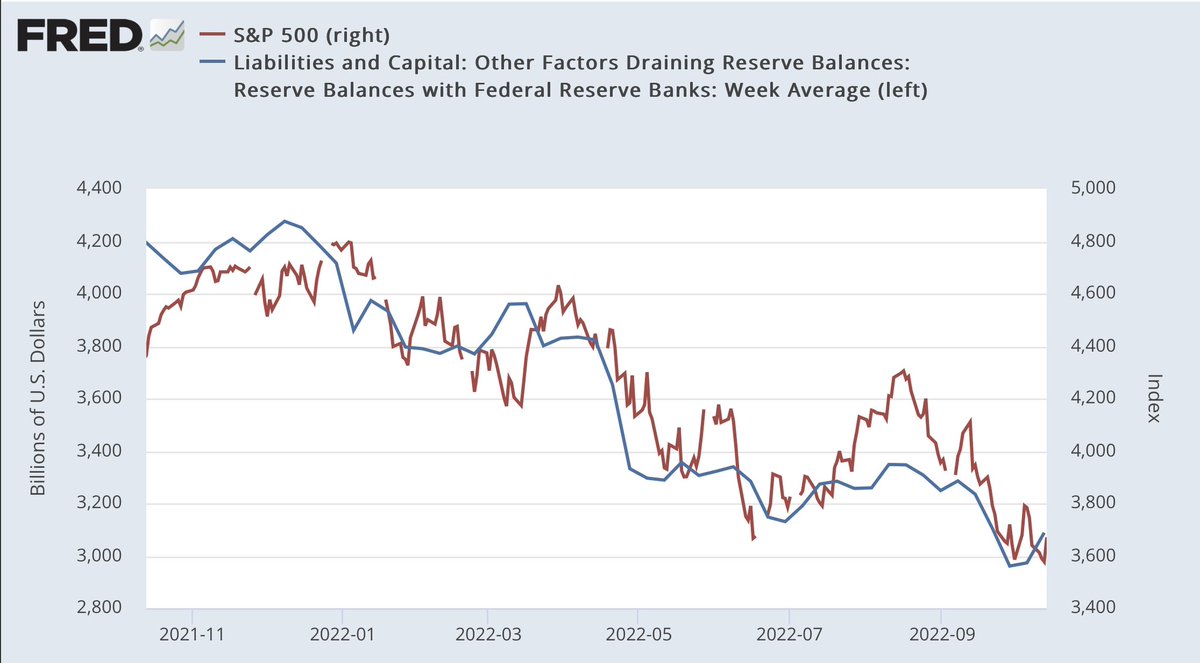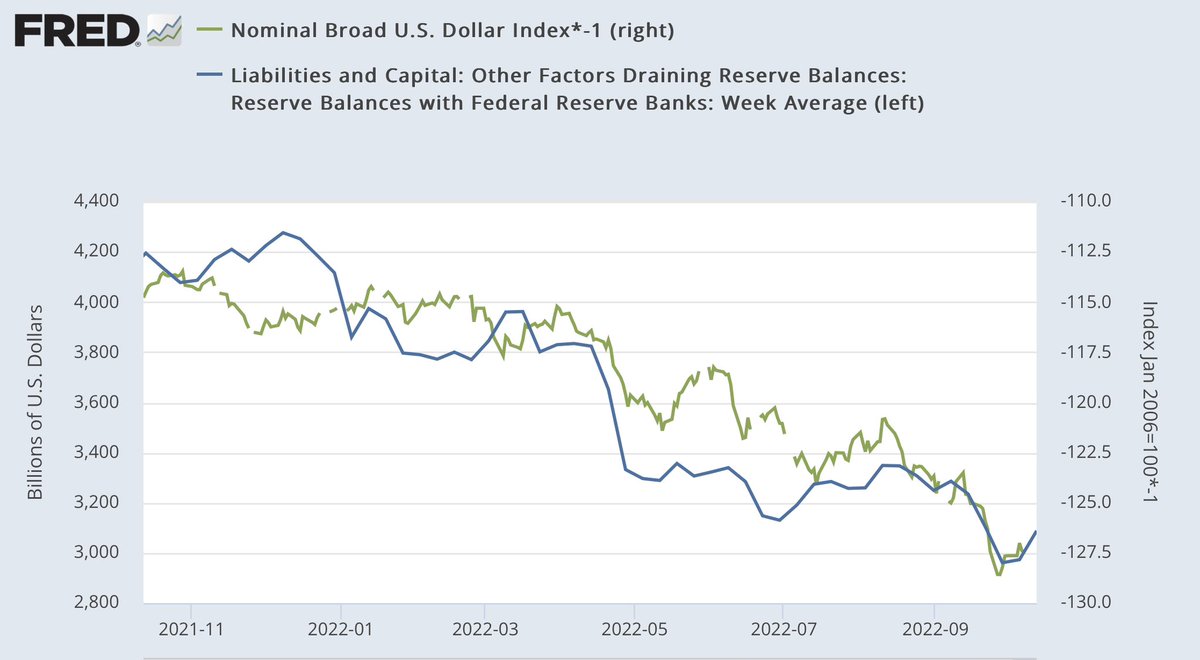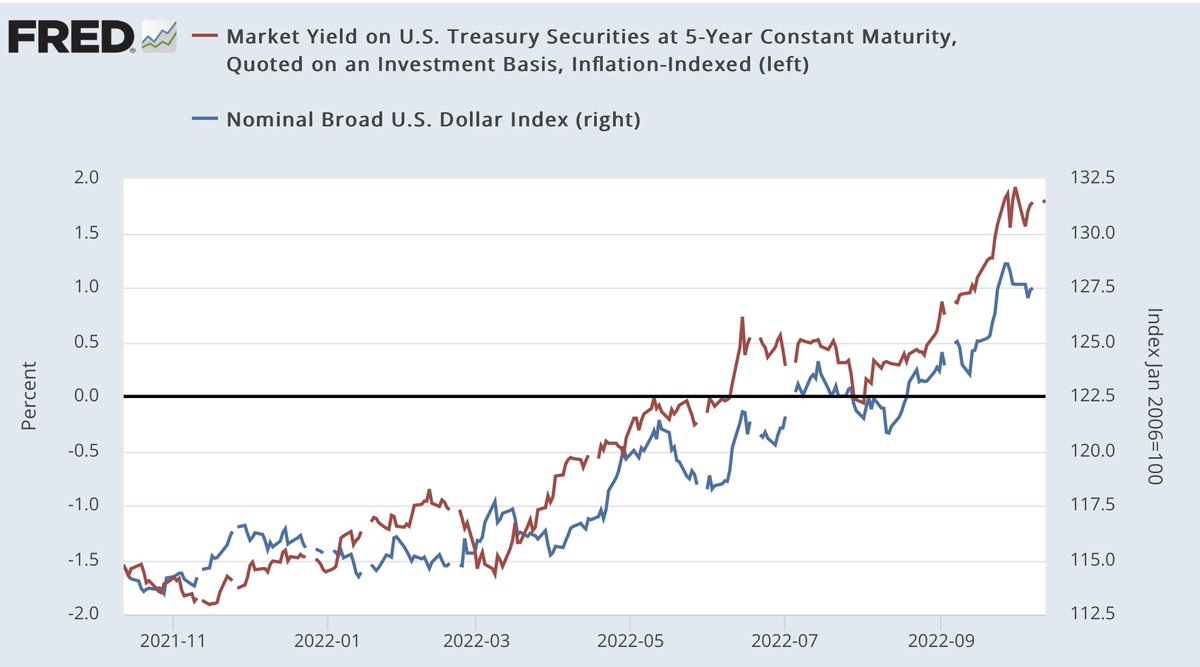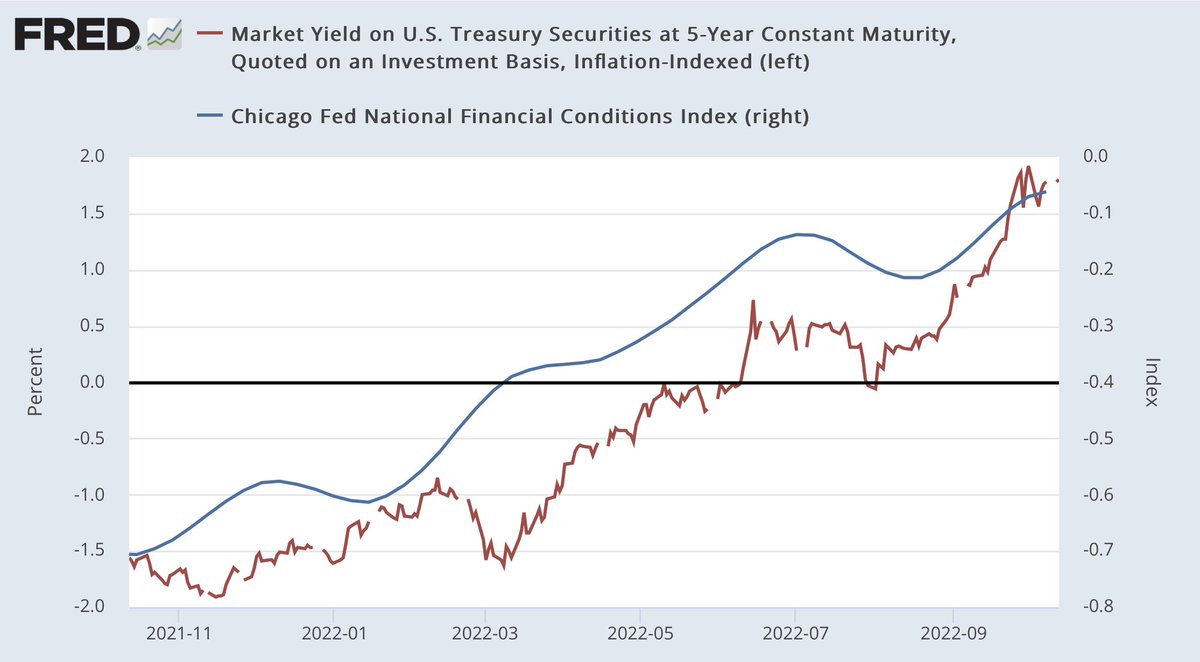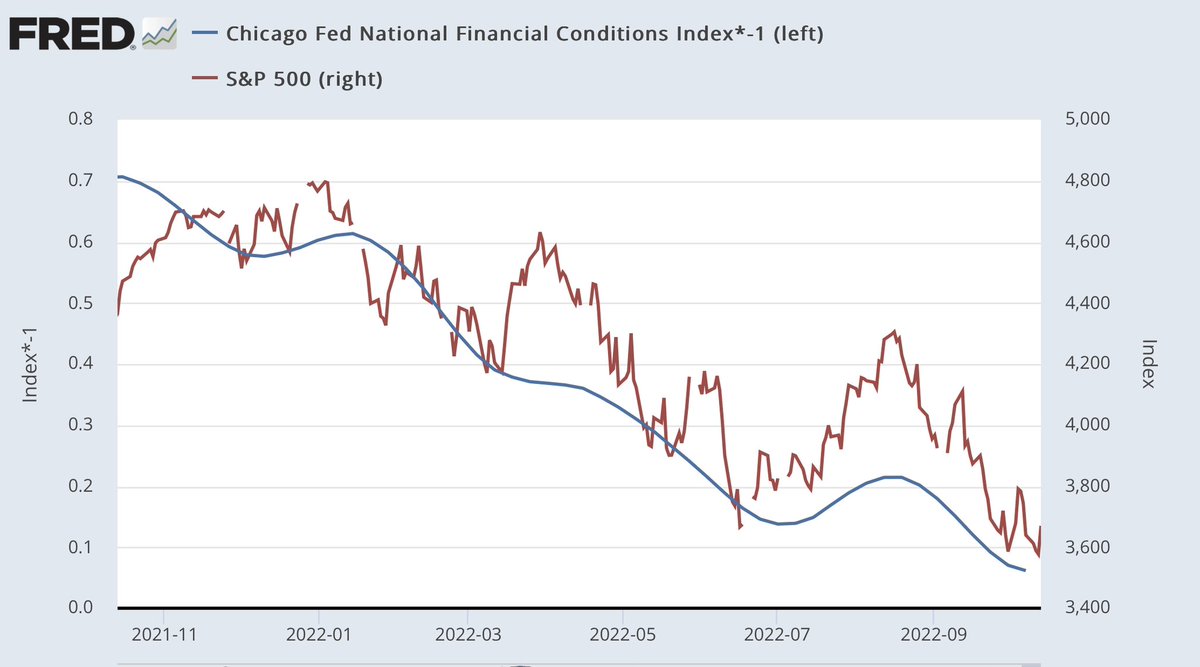
n)
Bonus: impact of SLR relief expiry on liquidity
#SLR

Bonus: impact of SLR relief expiry on liquidity
#SLR
https://twitter.com/siddiqui71/status/1568909802755039233


• • •
Missing some Tweet in this thread? You can try to
force a refresh

